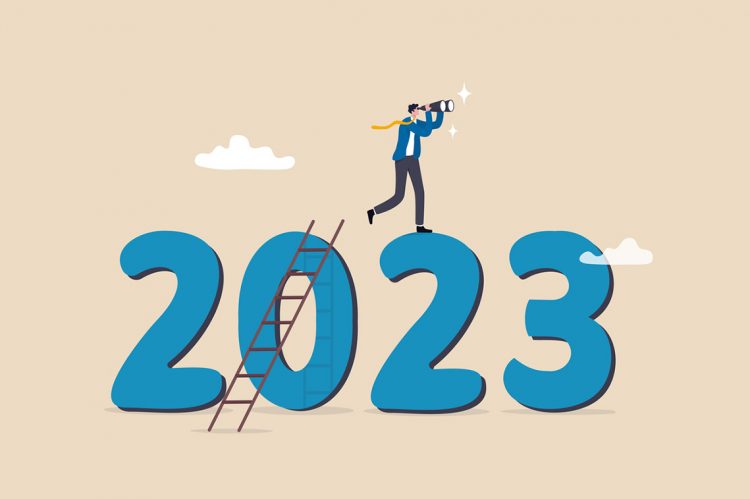2023 is only a matter of days away, and while “new year, new you” is the mantra for many, housing market forecasts for the coming year from across the industry predict more of the same issues we’ve been facing in 2022. Darkness is not all that looms on the horizon, however, as there are some beams of sunlight poking through to give hope to upward growth in the market.
2025 Consumer Housing Trends Report for Agents
Understand how buyers and sellers feel about working with agents – backed by the latest data. Unlock market insights.
Business Tip of the Day provided by
Categories
The Most Important Real Estate News & Events
Click below to receive the latest real estate news and events directly to your inbox.
By signing up, you agree to our TOS and Privacy Policy.













